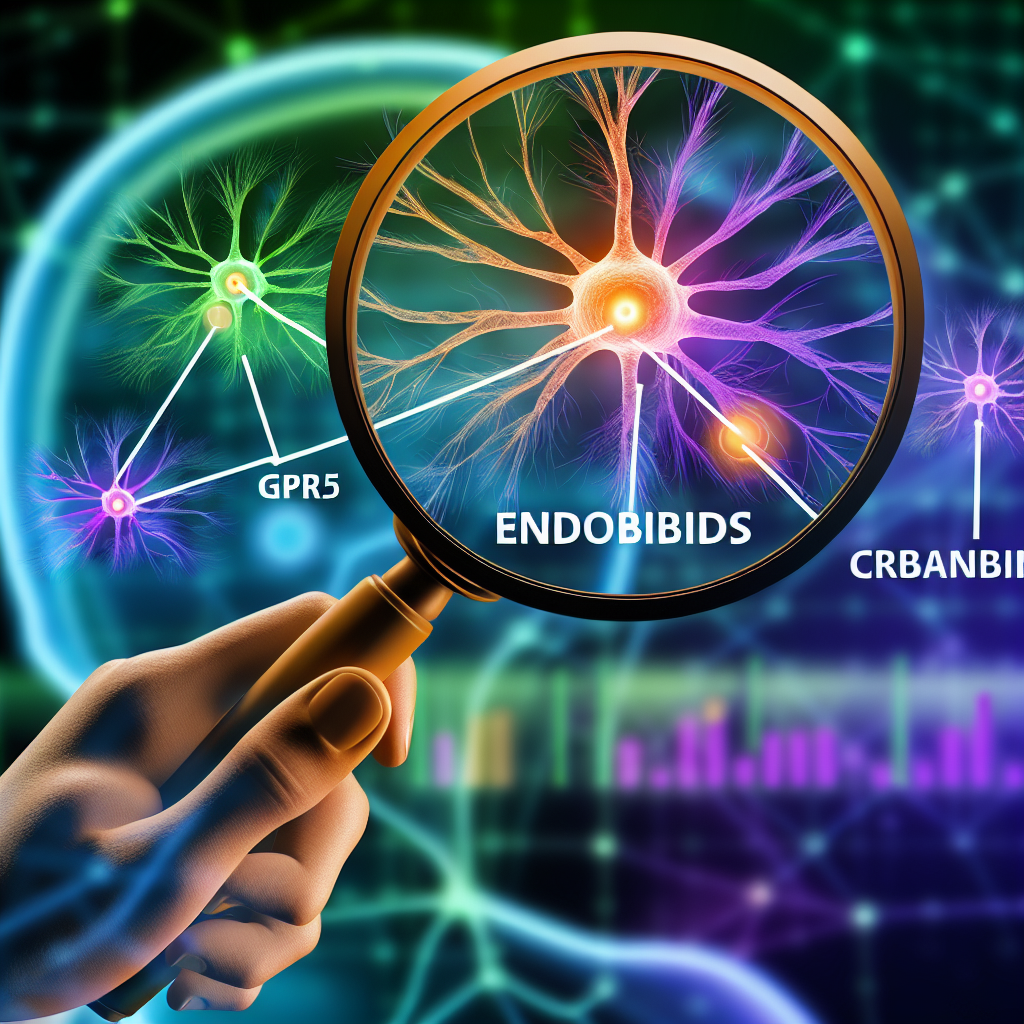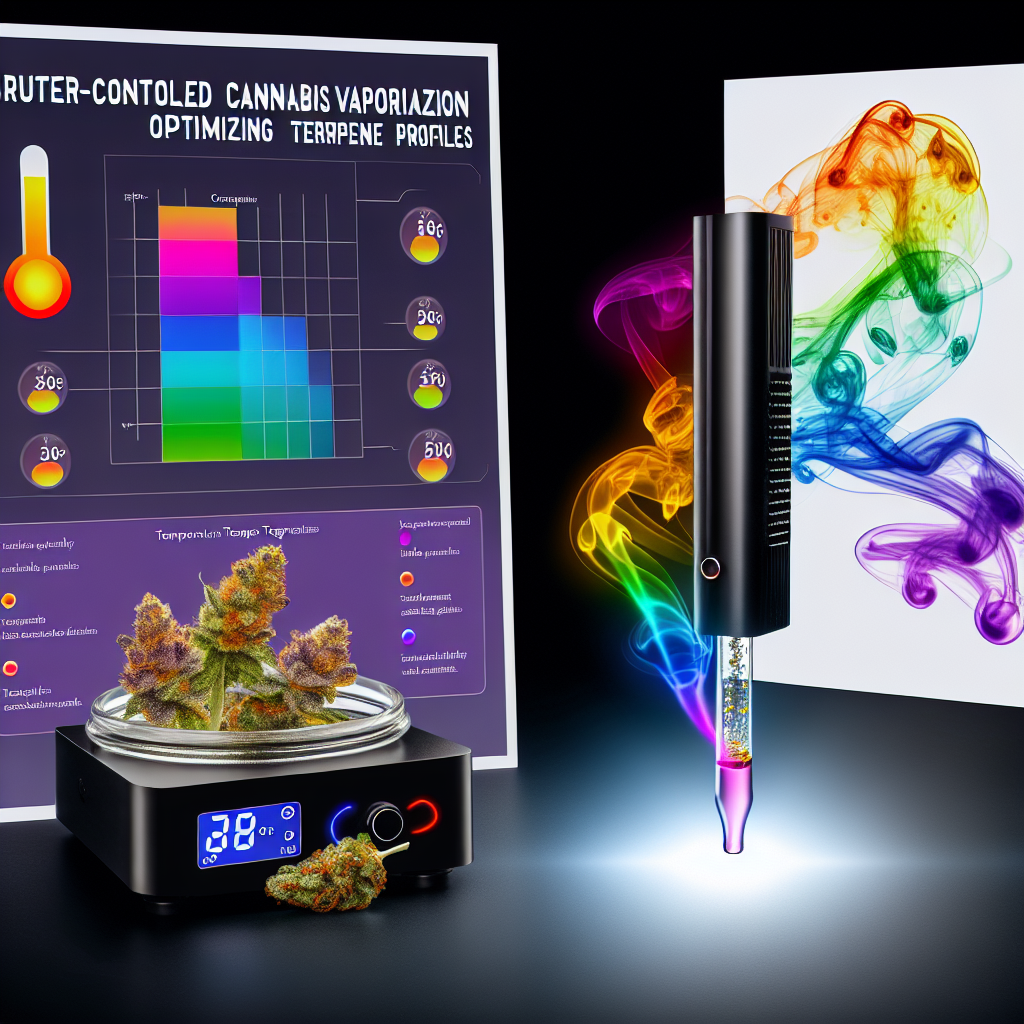The Endocannabinoidome: Exploring Beyond CB1 and CB2 to GPR55, TRPV, and PPARs
Introduction
The human endocannabinoid system (ECS) has long been recognized as a complex network crucial for maintaining homeostasis in various physiological processes, including mood, appetite, pain perception, and immune response. While much attention has historically focused on the well-known receptors CB1 (primarily found in the brain and central nervous system) and CB2 (mainly located in peripheral tissues and immune cells), recent research is uncovering a much broader picture.
This deeper biological framework, described as the endocannabinoidome, includes numerous other receptor systems, signaling compounds, and metabolic enzymes that respond to both endogenous cannabinoids (produced naturally within the body) and phytocannabinoids (from plants such as cannabis). Important additions to this network include GPR55, the transient receptor potential vanilloid (TRPV) channels, and peroxisome proliferator-activated receptors (PPARs).
Unlike the ECS’s classical focus on GPCR signaling (G-protein coupled receptors), these new targets extend into ion channels and even nuclear receptor pathways, offering sophisticated signaling routes with the potential for robust therapeutic benefit. This expanded system plays key roles in inflammation regulation, neuronal protection, metabolic processes, and tumor suppression.
As the cannabis industry evolves, tapping into these newly understood elements of the endocannabinoidome could lead to cutting-edge therapies that address everything from chronic inflammation and degenerative diseases to metabolic syndromes and certain forms of cancer. With this in mind, understanding how cannabinoids modulate these lesser-known receptors is vital for consumers, clinicians, and researchers alike.
Features and Scientific Evidence
The expansion of cannabinoid science beyond CB1 and CB2 has introduced a broader universe of potential receptor targets and mechanisms. Below, we explore the functions of GPR55, TRPV channels, and PPARs—focusing on how they interact with compounds like CBD, THC, and minor cannabinoids.
1. GPR55 – The “Third” Cannabinoid Receptor
Often referred to as a potential “CB3 receptor”, GPR55 is an orphan G-protein coupled receptor receiving increased research attention. Although it differs structurally from CB1 and CB2, it responds to cannabinoids such as anandamide, 2-AG, and THC. GPR55 is distributed throughout the cerebellum, adrenal glands, gastrointestinal system, and bone tissue.
Studies have shown its involvement in regulating pain perception, bone density, and particularly tumor cell dynamics. Research published in the journal Pharmacology & Therapeutics indicates that GPR55 activation plays a role in cancer cell proliferation, migration, and angiogenesis.
🔗 Source:
GPR55 in the Crossroads of Cancer (Pharmacology & Therapeutics)
2. TRPV Channels – The Sensory Gatekeepers
The transient receptor potential vanilloid (TRPV) channels, particularly TRPV1, TRPV2, and TRPV4, are ion channels involved in sensing temperature, pain, and inflammatory signals. These channels are known to interact with cannabinoids—especially CBD.
Cannabidiol has been shown to modulate calcium ion flow through TRPV1, a mechanism believed to help reduce seizures in certain types of epilepsy and alleviate neuropathic pain. A study in Frontiers in Neurology supports its antiepileptic action, suggesting that modulating TRPV could help control neuronal excitability and inflammation.
TRPV activity offers promising insights for conditions like multiple sclerosis, fibromyalgia, and chronic inflammatory disorders.
🔗 Source:
Cannabidiol Modulation of TRPV1 Channels in Epilepsy (Frontiers in Neurology)
3. PPARs – Nuclear Receptors Modulating Inflammation and Metabolism
Peroxisome Proliferator-Activated Receptors (PPARs) are intracellular nuclear receptors that act as transcription factors, regulating genes related to lipid metabolism, glucose homeostasis, inflammation, and cellular proliferation.
Cannabinoids such as CBD and THC can activate PPAR-gamma, leading to reduced oxidative stress and inflammatory markers. A paper in Neurotherapeutics outlines how PPAR-gamma activation by CBD may offer protective benefits in Alzheimer’s disease and Parkinson’s disease by minimizing neuroinflammation.
Furthermore, research from PPAR Research suggests that PPAR-gamma activation may promote cancer cell apoptosis and reduce tumor growth, supporting its potential role in oncology therapy.
🔗 Sources:
Cannabidiol Interaction with PPAR-gamma Receptors (Neurotherapeutics)
The Role of PPAR Gamma in Cancer Therapy (PPAR Research)
Conclusion
The ever-evolving framework of the endocannabinoidome is reshaping how we view cannabinoid pharmacology and health outcomes. Moving beyond CB1 and CB2, the receptors GPR55, TRPV, and PPARs represent exciting frontiers. These new targets showcase how cannabis-derived compounds may one day serve as effective agents in combatting neurodegenerative diseases, chronic pain syndromes, inflammatory conditions, and even cancer. With ongoing scientific exploration, these newly recognized pathways may be harnessed for next-generation therapies that stretch well beyond current recreational and palliative uses in modern cannabis medicine.
Concise Summary
The emerging concept of the endocannabinoidome expands the traditional endocannabinoid system, introducing new therapeutic targets such as GPR55, TRPV channels, and PPARs. These receptors interact with cannabinoids like THC and CBD to modulate critical biological functions such as inflammation, pain, metabolism, and even cancer progression. By exploring these pathways, researchers are uncovering new possibilities for treating neurological disorders, chronic pain, and metabolic diseases. This deeper understanding of cannabinoid pharmacology opens promising doors for innovative medical applications that extend far beyond CB1 and CB2.
References
– GPR55 in the Crossroads of Cancer – Pharmacology & Therapeutics
– Cannabidiol Modulation of TRPV1 Channels – Frontiers in Neurology
– Cannabidiol and PPAR Activation – Neurotherapeutics
– The Role of PPAR Gamma in Cancer Therapy – PPAR Research




